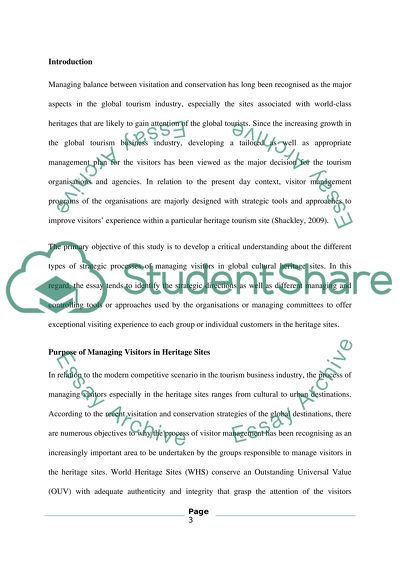Cite this document
(“Visitor management (Heritage sites) Essay Example | Topics and Well Written Essays - 2000 words”, n.d.)
Retrieved from https://studentshare.org/tourism/1677184-visitor-management-heritage-sites
Retrieved from https://studentshare.org/tourism/1677184-visitor-management-heritage-sites
(Visitor Management (Heritage Sites) Essay Example | Topics and Well Written Essays - 2000 Words)
https://studentshare.org/tourism/1677184-visitor-management-heritage-sites.
https://studentshare.org/tourism/1677184-visitor-management-heritage-sites.
“Visitor Management (Heritage Sites) Essay Example | Topics and Well Written Essays - 2000 Words”, n.d. https://studentshare.org/tourism/1677184-visitor-management-heritage-sites.


